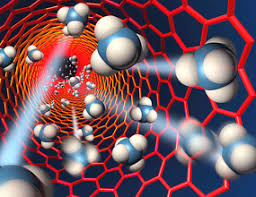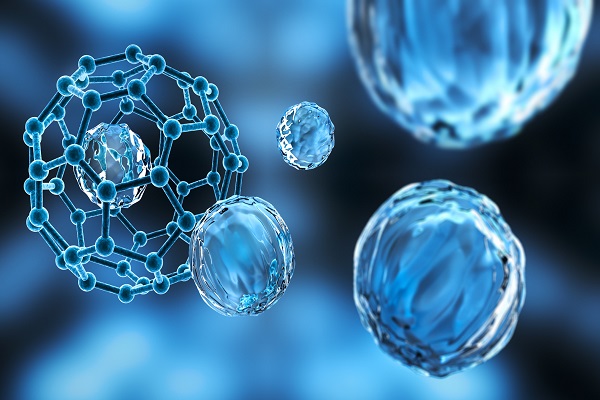Capacity overhead and energy storage in back-end nanostructures (SRAM Multi-Functional Memory) based on nano-microelectronics (PhD).
Researcher and author: Engineer Afshin Rashid
Note: One of the technologies that has grown significantly in recent years and could be the source of change in various industries, including electronics, in the near future is the technology of manufacturing capacitors. It can be said that capacitors are a kind of interface between electrolytic capacitors and rechargeable batteries.
The structure and structure of superconductors based on nano-electronics store 100 times more loads of electrolyte in equal volume and charge and discharge much faster than batteries. However, these capacitors still store up to 10 times less than some types of batteries in equal volume. Due to these features, capacitors may require recharging, high charging speeds, or sudden discharge times. (So far, their major use in the electronics industry has been as a backup to SRAMs.)
A schematic of a capacitor overhead is shown in nano-electronics. The main idea to achieve high capacitance is to reduce the gap between positive and negative loads in the capacitor. The capacitors are designed in such a way that the thickness of the dielectric layer does not exceed one or more molecules.

The dielectric nano-layer is a cross between positive and negative charges with very little thickness. And the nanomaterial is also an electrolyte that contains both positive and negative ions. By placing the potential between the capacitor electrodes, the negative ions move to the positive electrode and the positive ions move to the negative electrode. Finally, two capacitors, connected in series, are obtained

Backup Nanostructures (SRAM Multi-Functional Memory) Performance and Internal Build
Backing nanostructures (SRAM Multi-Functional Memory) are made of carbon nanotube memory chips , although the discovery of small but highly resistant, flexible, and conductive carbon nanotubes has been limited to the extent of DNA strands and the use of molecules Chlorophyll-like organic microorganisms absorb DRAM and SRAM memory chips instead of storage capacitors. Nano-crystals, whose application will extend the life of flash memory. And the development of a kind of magnetic material based on the Ferritin protein that will be used to make disk drives and memory chips.
Conclusion :
Memory manufacturing is one of the largest industrial sectors, but it also faces numerous technical problems, such as leakage capacitors, structures of increasing complexity, and sensitivity to minor errors caused by cosmic rays. Such problems cause chip makers to reduce their chip size further. Other notable issues include SRAM chips for large memory cells, the difficulty of placing DRAMs and flash memory alongside logic chips and slow memory access time and limited stability.
Author: Engineer Afshin Rashid
PhD student in Nano-Microelectronics at Islamic Azad University, Science and Research Branch, Tehran



